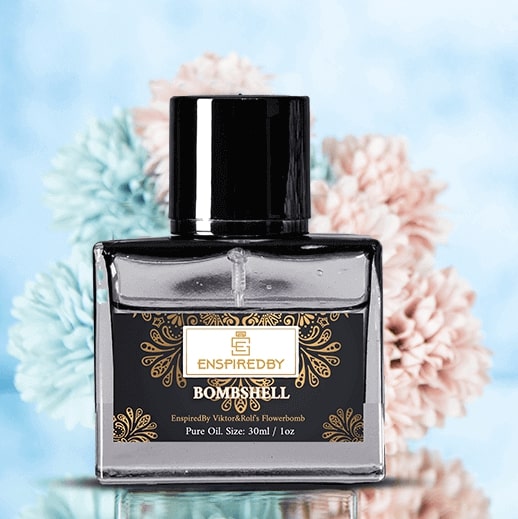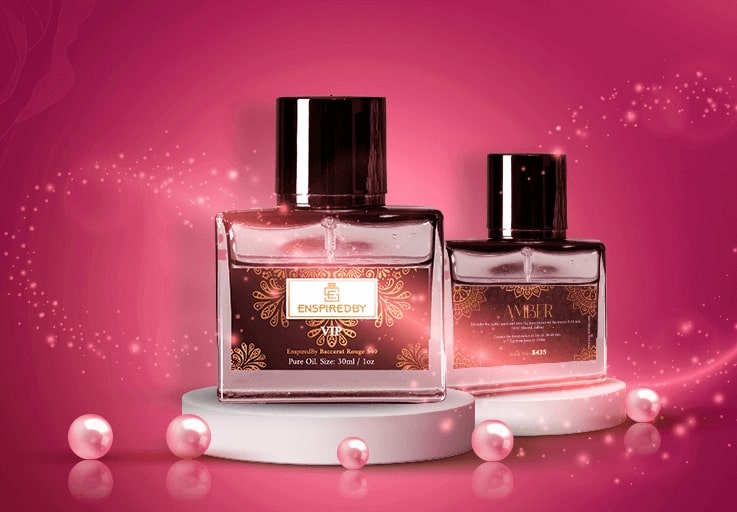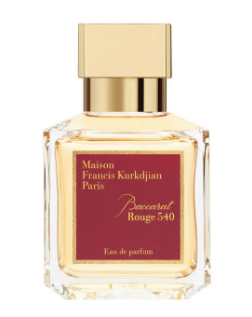Have you ever wondered how your favorite scent is created? It all starts with the extraction and processing of perfume oils from flowers, herbs, and other natural sources. The journey from plant to bottle is a fascinating one that involves careful selection, harvesting, distillation, and blending. In this blog post, we'll take a closer look at the process of creating perfumes from nature's bounty and explore some of the most popular ingredients used in fragrance-making today. Get ready to dive into the world of perfume oils - it's going to be a fragrant adventure!
What are Perfume Oils?
Perfume oils are the concentrated essence of a plant or flower, and can be used to create a variety of scents. These oils are extracted through a process of steam distillation or solvent extraction, and are then diluted with alcohol to create a perfume.
There are many different ways to extract perfume oils from plants and flowers. The most common method is steam distillation, which involves passing steam through the plant material to release the fragrance molecules. This method is often used for delicate flowers that cannot withstand the heat of solvent extraction.
Solvent extraction is another popular method for extracting perfume oils. This process uses chemicals to dissolve the fragrance molecules from the plant material. The advantage of this method is that it can be used on tougher plant materials, such as bark and leaves. However, it can also damage some of the more fragile aromatic compounds, so it is not always the best choice for extracting delicate scents.
Once the perfume oil has been extracted, it is then diluted with alcohol to create a perfume. The concentration of perfume oil in the final product will vary depending on the desired strength of the scent. For example, eau de parfum typically contains around 15% perfume oil, while eau de toilette contains around 5%.
How Are They Extracted?
When it comes to extracting perfume oils from flowers, there are a few different methods that can be used. The most common method is called solvation, which involves using a solvent to extract the oil from the flower petals. This solvent can be anything from water to alcohol. Another common method is called enfleurage, which involves soaking the flower petals in fats or oils to extract the fragrance.
Once the perfume oil has been extracted from the flowers, it needs to be processed in order to make it usable. The first step in this process is called concreting, which involves separating the perfume oil from the solvent it was extracted with. This is usually done by heating the mixture and then allowing it to cool so that the perfume oil solidifies and can be separated from the liquid.
After concreting, the next step is called rectification, which involves removing any impurities from the perfume oil. This is usually done by distilling the oil several times until it is pure. Once rectification is complete, the final step is diluting the perfume oil with alcohol so that it can be used in perfumes and other fragranced products.
Different Types of Perfume Oils
When it comes to perfume oils, there are three main types: base, middle, and top. Base notes are the heaviest and longest lasting, while top notes are the lightest and shortest lasting. Middle notes fall somewhere in between.
Base Notes
The base notes of a perfume oil are the heaviest and longest lasting. They provide the foundation for the fragrance and give it its overall character. Common base notes include amber, musk, patchouli, sandalwood, and vanilla.
Middle Notes
The middle notes of a perfume oil are lighter than the base notes but heavier than the top notes. They help to round out the fragrance and give it more depth. Common middle notes include jasmine, lavender, rose, and neroli.
Top Notes
The top notes of a perfume oil are the lightest and shortest lasting. They provide the initial impression of the fragrance and often fade quickly after application.Common top notes include Bergamot, lemon, lime, orange, and grapefruit.
Advantages of Natural Oils over Traditional Perfumes
There are many advantages of natural oils over traditional perfumes. For one, natural oils are usually much cheaper to produce than traditional perfumes. Additionally, they often have a stronger scent, which can last longer throughout the day. Natural oils can also be used in a variety of ways, such as in diffusers or added to lotions and soaps. When used properly, natural oils can provide a number of benefits for both the body and the mind.
Processing and Blending the Oils to Create a Perfume
When it comes to perfume, the oils are everything. They’re what give the fragrance its character and longevity. And while there are synthetic oils available, many perfumers prefer to work with natural ingredients.
But how are these oils extracted from the flowers? And what happens to them after they’re extracted?
The process begins with the flowers themselves. They must be picked at just the right moment, when they’re at the height of their fragrance. Once picked, they’re placed in a container known as a still. The still is then heated, and as the water inside boils, the steam carries with it the essential oils from the flowers. This mixture of water and oil is then passed through a cooling system, which condenses the steam back into water. The now-oily water is then passed through a separator, which separates the oil from the water.
The next step is known as “blending”. This is where different oils are combined together to create a desired scent. Different scents will require different proportions of each oil; it’s up to the perfumer to find the right balance. Once blended, the perfume oil is ready to be used in any number of products, from candles to body lotions.
Benefits of Using Natural Perfume Oils
When it comes to perfume, there are many different ways to extract and process the oils that give each scent its unique smell. One of the most popular methods is to use natural perfume oils.
There are several benefits to using natural perfume oils over synthetic options. First, natural oils tend to be more gentle on the skin and won’t cause irritation like some synthetics can. Second, because they’re naturally derived, these oils typically have a more complex and nuanced scent than their synthetic counterparts. Natural perfume oils are often less expensive than their synthetic counterparts.
If you’re looking for a high-quality, affordable perfume oil that will provide a complex and beautiful scent, consider opting for a natural option.
We have seen that perfume oils are derived from flowers and plants using a variety of extraction and processing techniques. These processes can be complex, but they result in the wonderful aromas we enjoy every day. From floral to musky, each scent has its own unique story to tell about how it was made. As you explore the different types of perfumes available, remember that these fragrances were created through careful steps taken by experts in the field – a reminder of how powerful nature’s scents can be!



